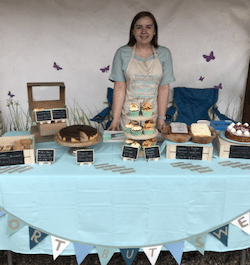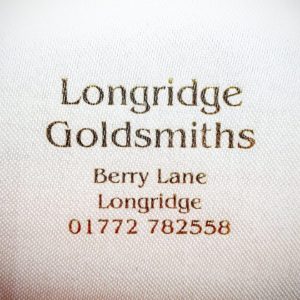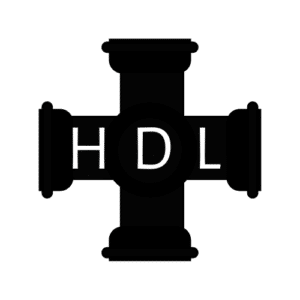Blackpool with Fylde make up one of the ten main regions within Lancashire.
Blackpool is a popular seaside resort situated on the Irish Sea coast. Visitors to Blackpool can choose from many different attractions:
- Blackpool Tower, opened in 1894. Ever since, it has been a dominant landmark of the Blackpool skyline. Inspired by the Eiffel Tower in Paris, France, it is 158 metres in height. Beneath the tower is a complex of leisure facilities, entertainment venues and restaurants. Indeed, these include the world-famous Tower Ballroom and Tower Circus.
- North Pier, the northernmost of Blackpool’s three piers. In fact, it includes a small shopping and amusements arcade, a small tramway and the North Pier Theatre. The pier end also used to have a helicopter pad, but this was damaged in a Christmas storm in 1997 and collapsed into the sea.
- Grand Theatre, Blackpool was built by Frank Matcham in 1894. In fact, it offers a mix of drama, dance, opera, ballet and comedy including a yearly pantomime.
- Central Pier is the middle pier, and includes a large Ferris wheel amusement arcade and shops.
Blackpool History
For centuries Blackpool was a hamlet by the sea. Then, during the 18th century it became fashionable for the well to do to travel to the seaside during the Summer. Visitors came to Blackpool from the middle of the 18th century. However, Blackpool remained a very small place until 1781. In that year two men, Thomas Clifton and Sir Henry Hoghton built a private road to Blackpool. Indeed, that made it much easier to reach.
The same year stagecoaches began running to Blackpool from Manchester. In 1782, they began running from Halifax. Nevertheless, Blackpool grew only slowly in the early 19th century. A man named Henry Banks developed Blackpool in the early years of the century. However, in 1801 Blackpool had a population of less than 500. Furthermore, by 1851 it had risen to over 2,500. Meanwhile St John’s Church in Blackpool was consecrated in 1821.
19th Century Blackpool
Blackpool grew into a substantial town in the 19th century. This was a a result of a new railway, which connected the industrial towns of the North. In fact, the railway made it much easier and cheaper for visitors to reach Blackpool. Interestingly, the first railway in the area opened in 1840. However, it only ran as far as Poulton in the Fylde. Nevertheless, the Preston and Wyre railway boosted the growth of Blackpool. In 1846 a branch line was built from Poulton to Blackpool. Then the resort began to boom. Another line was built through Lytham in 1863.
Meanwhile, Victoria Terrace was built in 1837 and St John’s Market was built in 1844. As a result, amenities in Victorian Blackpool quickly improved. In 1851, Blackpool formed a Board of Health. From 1852 Blackpool had gas light. Furthermore, Blackpool gained a piped water supply in 1864.
During the years 1856-1870, workers built a Promenade along the seafront. Then, in 1863 North Pier opened. Not long after, Central Pier followed in 1868. Afterwards, the Raikes Hall Garden opened in 1872. Finally, Winter Gardens followed in 1878.
Blackpool Attractions
Sandcastle Water Park is the UK’s largest indoor waterpark, home to 18 slides and attractions. Indeed, these include the largest indoor rollercoaster waterslide in the world, ‘The Masterblaster’, and the first indoor ‘Sidewinder’ in the world. Furthermore, there are two new slides: Aztec Falls and Montazooma.
South Pier is the southernmost pier. Actually, it lies slightly north of the Sandcastle Water Park and Pleasure Beach. Furthermore, it houses an arcade and small theme park featuring adrenaline rides.
Pleasure Beach Blackpool is an amusement park with rides including the Pepsi Max Big One, which was the world’s fastest and tallest complete circuit rollercoaster between 1994 and 1996.
The Winter Gardens is a large entertainment and conference venue in the town centre. In fact, it includes the Opera House Pavilion Theatre, Empress Ballroom, Spanish Hall, Arena and Olympia.
Stanley Park is a Grade II historic park and gardens. In addition, it consists of a golf course, cricket club, sports arena, lake, art deco restaurant, model village and Italian gardens.
The Imperial Hotel is a large red-brick Victorian hotel. Actually, it has hosted high-profile guests such as Charles Dickens, Queen Elizabeth II and Margaret Thatcher.









